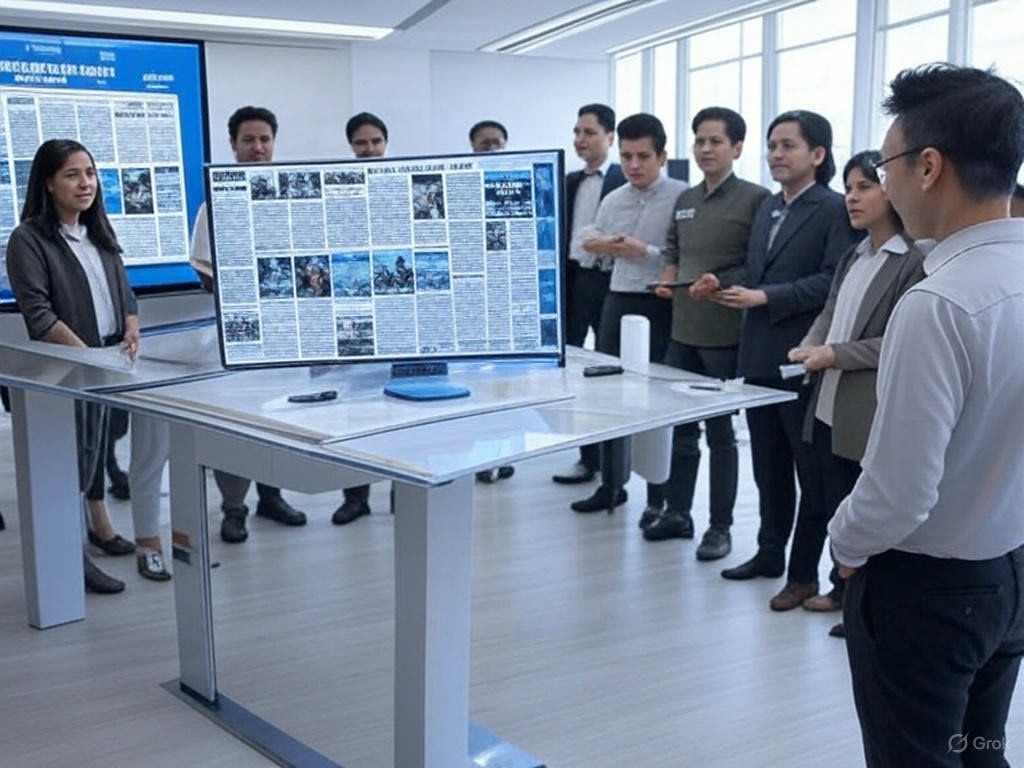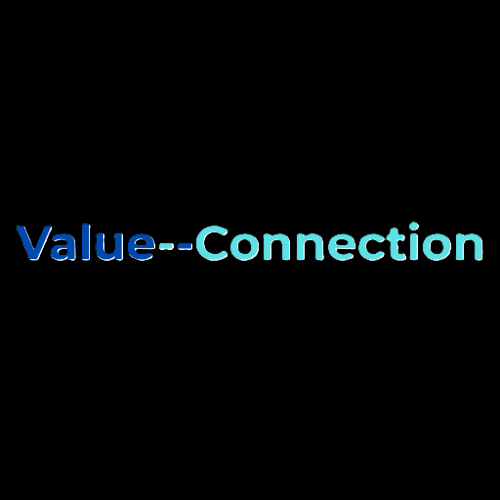AI at Work
Artificial intelligence is reshaping the workforce—but contrary to doomsday predictions, it’s not just about job losses. From automating repetitive tasks to creating entirely new roles, AI is changing how we work, not just whether we work.
In this post, we’ll explore:
✔ Which jobs are most (and least) at risk from AI
✔ How AI is augmenting human workers, not just replacing them
✔ New careers emerging in the AI-driven economy
✔ How to future-proof your skills
✔ Which jobs are most (and least) at risk from AI
✔ How AI is augmenting human workers, not just replacing them
✔ New careers emerging in the AI-driven economy
✔ How to future-proof your skills
Let’s dive in.
1. The AI Job Disruption Myth: Automation vs. Augmentation
Headlines often scream, "AI will replace millions of jobs!"—but the reality is more nuanced.
Jobs at Higher Risk: Repetitive, rule-based tasks (data entry, basic customer service, some manufacturing).
Jobs at Lower Risk: Creative, strategic, and emotionally intelligent roles (doctors, therapists, artists, managers).
Key Insight:
AI is more likely to augment jobs than eliminate them entirely. For example:
AI is more likely to augment jobs than eliminate them entirely. For example:
Doctors use AI for diagnostics but still make final decisions.
Writers use AI tools for drafts but add human creativity.
Engineers automate code reviews but focus on complex problem-solving.
"AI won’t take your job—someone using AI will."
2. How AI is Creating New Jobs (Yes, really!)
While some roles decline, others emerge. The World Economic Forum predicts AI could create 97 million new jobs by 2025, including:
AI Trainers & Ethicists (teaching models, reducing bias)
Prompt Engineers (crafting inputs for AI like ChatGPT)
Robot-Human Collaboration Managers (overseeing AI/worker teamwork)
AI-Assisted Healthcare Roles (personalized medicine, AI diagnostics support)
Example: The rise of ChatGPT spawned jobs in AI content supervision, model fine-tuning, and AI compliance auditing.
3. Industries Being Transformed by AI
Industry
AI Impact
Healthcare
AI diagnostics, robotic surgery, drug discovery
Finance
Fraud detection, algorithmic trading, robo-advisors
Retail
Personalized recommendations, automated warehouses
Education
AI tutors, adaptive learning platforms
Manufacturing
Predictive maintenance, autonomous robots
Case Study:
Amazon’s warehouses use 50,000+ robots—but human employment increased due to higher efficiency.
4. How to Future-Proof Your Career
✅ Upskill in AI-Complementary Skills
Critical Thinking (AI struggles with judgment calls)
Creativity (art, storytelling, innovation)
Emotional Intelligence (leadership, negotiation, caregiving)
✅ Learn to Work With AI
Basic AI literacy (how to use ChatGPT, Copilot, etc.)
Data skills (SQL, Python, analytics)
Domain expertise + AI (e.g., "AI for marketers")
✅ Watch Emerging Fields
Green tech + AI (climate modeling, energy optimization)
AI ethics & policy (regulation, fairness audits)
Human-AI collaboration design (UX for AI tools)
5. The Bottom Line: AI as a Tool, not a Threat
The future of work isn’t humans vs. machines—it’s humans + machines. The key is adaptation:
Businesses must reskill workers.
Governments need policies for fair transitions.
Individuals should embrace lifelong learning.
Written by Ismael Gamatie
Related Posts

News Media Industry

Content Writing

